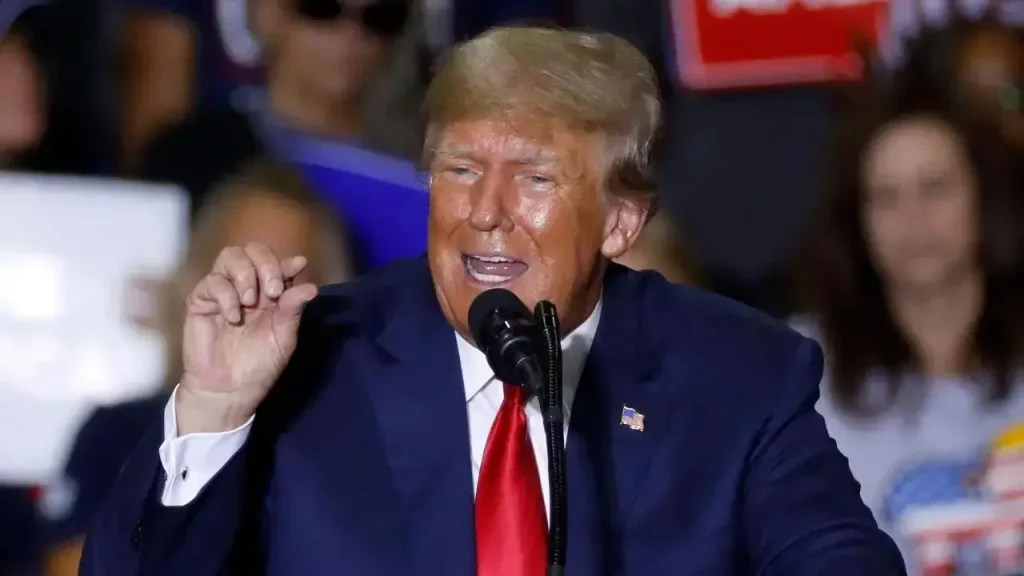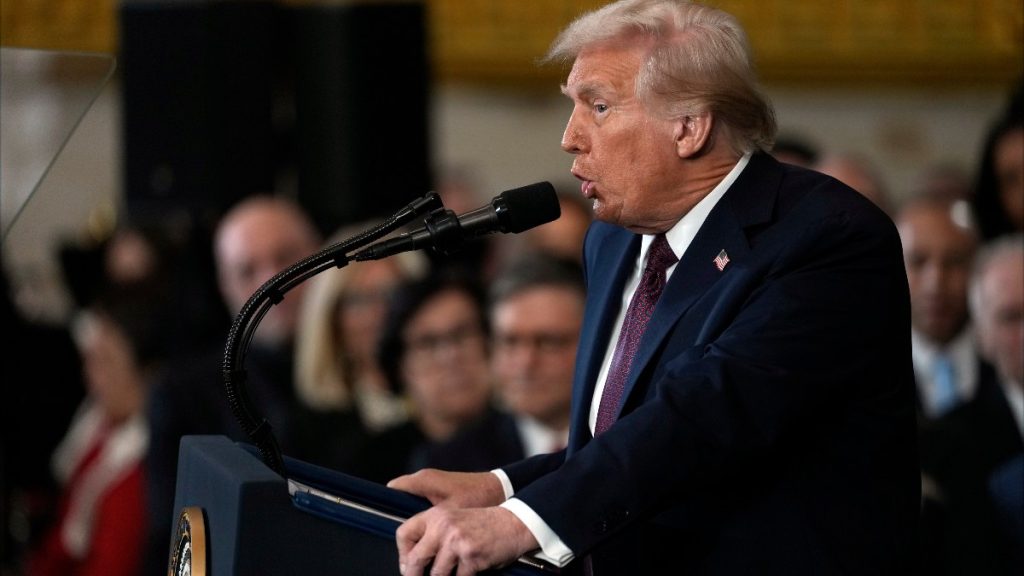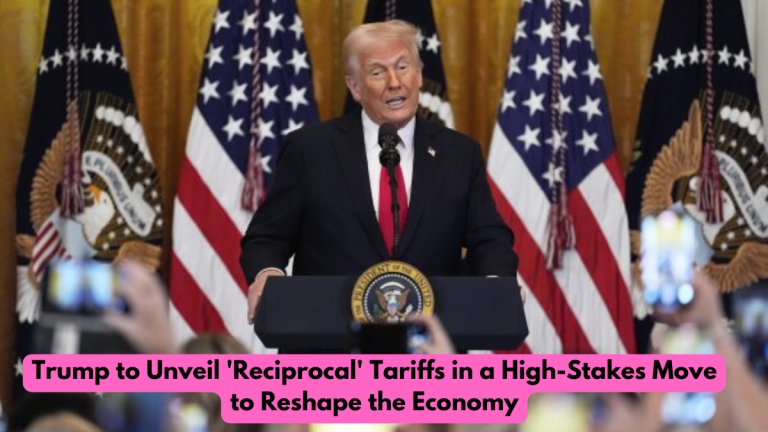
In a significant move aimed at reshaping labor relations within federal agencies, President Donald Trump signed an executive order on March 27, 2025, that effectively eliminates collective bargaining rights for labor unions within agencies deemed essential to national security. The administration argues that the move is necessary to ensure operational efficiency, while labor unions have called it a direct attack on federal employees’ rights.
The Executive Order and Its Scope
According to the White House, the executive order leverages authority from the Civil Service Reform Act of 1978 to exempt certain federal agencies from collective bargaining requirements. The administration argues that bargaining agreements have slowed decision-making processes, hindering agencies from fulfilling their core missions.
The order affects a wide range of federal departments and agencies, including:
- Department of Defense
- Department of State
- Department of Veterans Affairs
- Department of Energy
- Department of Health and Human Services
- Department of the Treasury
- Department of Justice
- Department of Commerce
- Certain divisions of the Department of Homeland Security, such as U.S. Citizenship and Immigration Services (USCIS) and Immigration and Customs Enforcement (ICE)
Notably, the order exempts police officers and firefighters, who will retain their collective bargaining rights.
For further details, the official executive order can be accessed at White House – Executive Orders.
Rationale Behind the Move

In a fact sheet released alongside the order, the White House stated that some federal unions had used collective bargaining agreements to obstruct the implementation of Trump’s policies, particularly within agencies tasked with national security.
“A small but powerful group of union leaders has weaponized labor agreements against the American people’s interests,” the fact sheet read. “The President refuses to allow bureaucratic obstacles to stand in the way of national security.”
The administration emphasized that the decision is intended to enhance agency performance, arguing that national security-related institutions require flexibility to respond to threats swiftly without being bogged down by protracted labor negotiations.
Union Outrage and Legal Challenges
The American Federation of Government Employees (AFGE), the largest federal employee union representing about 820,000 workers, has condemned the executive order as an assault on workers’ rights.
“This is a disgraceful and retaliatory attack on the rights of the very employees who dedicate their lives to protecting this country,” AFGE National President Everett Kelley said in a statement. “Many of these workers are veterans who have already sacrificed for this country, and now the administration is stripping them of their workplace protections.”
AFGE and other unions have signaled their intent to challenge the order in court. Legal experts predict that the case could escalate to the Supreme Court, where the administration may argue that the President has the authority to set policies for national security agencies without union interference.
For more information on federal employee unions and collective bargaining rights, visit AFGE’s official website.
Broader Impact on Federal Workers
The executive order comes amid a series of actions by the Trump administration aimed at reducing union influence within the federal workforce. Earlier in March 2025, the Department of Homeland Security announced it would no longer recognize the collective bargaining agreement for over 50,000 airport security officers employed by the Transportation Security Administration (TSA).
The move follows a broader pattern of executive actions restricting union power in federal agencies. In 2018, Trump signed three executive orders targeting federal employee unions, limiting the amount of time workers could spend on union activities and making it easier to fire underperforming employees. These orders were later challenged in court, with mixed rulings on their legality.
A full list of previous executive orders related to federal labor policy can be found at Federal Register – Presidential Documents.
Reactions from Lawmakers and Analysts

The move has received mixed reactions from lawmakers and policy analysts. Republican lawmakers have largely supported the measure, citing the need for government efficiency and stronger national security policies.
“This is a necessary step to ensure that our federal agencies can carry out their duties without unnecessary red tape,” said Senator Tom Cotton (R-AR). “Collective bargaining should not come at the expense of national security.”
Conversely, Democrats have denounced the executive order as an effort to weaken unions and undermine worker protections.
“Trump is once again attacking hardworking federal employees who keep our nation safe,” said Senator Elizabeth Warren (D-MA). “This is nothing more than an excuse to strip workers of their rights.”
What Comes Next?
The immediate impact of the executive order will depend on how federal agencies implement the changes. While some departments may proceed with the directive swiftly, legal challenges from unions could delay or even block its enforcement in the courts.
Federal employees affected by the order are being advised to stay updated through official government channels such as the U.S. Office of Personnel Management and Federal Labor Relations Authority.
With legal battles looming and a presidential election cycle underway, the future of collective bargaining in national security agencies remains uncertain. The administration, however, appears determined to push forward, framing the order as a necessary step to safeguard America’s national interests.
For further updates on this developing story, follow AP News and Reuters.



